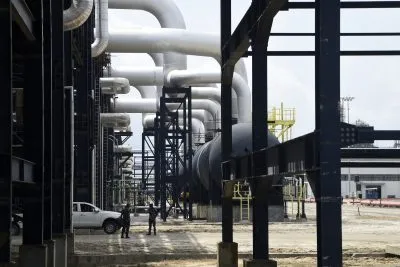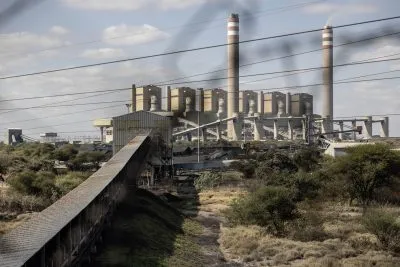Post-Fukushima, uranium prices have halved and there may be little ground for optimism in the short term. But in the meantime the continent’s producers are expanding their output and could be well placed when the inevitable bottleneck forms towards the end of the decade. Report by MJ Morgan.
It is a sentiment now universally acknowledged that, as James Ernest Boyle wrote in his 1921 book Agricultural Economics, “It is quite generally held that the cure for low prices is low prices; the cure for high prices is high prices.” Examine the current analysis of either the gold or uranium markets right now and you will likely hear the same sentiment expressed in both instances.
The thinking is simple. High prices thwart would be purchasers and encourage substitution or doing without and so reduce demand, leading to lower prices. Similarly, low prices lead to less supply and, if demand remains constant, lead to higher prices.
Like gold, uranium prices are currently at around the point at which further exploration or commissioning of projects becomes uneconomic. There is ample supply – global output has increased by around a half since 2006/7, but demand growth has not matched it. Triuranium octoxide (U3O8 or yellowcake) prices are at a seven-year low of $35/lb, half of the levels seen before the Fukushima disaster in March 2011 and nearer a quarter of the record high of $135/lb seen in 2007.
These facts, combined with the consequences of the Japanese catastrophe and German public opinion turning against nuclear energy, have combined to make uranium mining uneconomic. According to estimates, given current prices, as many as half of the world’s uranium mines are currently producing at a loss. However, uranium is generally sold by private agreement, much the way iron ore used to be, with around 90% sold at contracted prices – that are typically nearer to $55-60/lb.
However, the market may move from surplus into modest deficit next year. With many new reactors in China (29), Russia (10) and India (7) coming online in 2020, supply may only account for 90% of demand – unless prices rise enough in the meantime to stimulate more exploration and production.
According to figures from Reuters and the World Nuclear Association (WNA), China currently produces just 12.5GW using nuclear (2% of it total energy output) but this is set to grow to 50GW by 2017 and a massive 200GW by 2030. The WNA predicts the market will be 19,000tU (tonnes of uranium concentrate) in deficit by 2030, on current trends.
Small world
Kazakhstan alone produces more than a third of world uranium output. Much of this production costs in the region of $20/lb to extract. This makes Kazakhstan very competitive and explains why its industry has grown more than sevenfold from 2,800tU in 2002 to 21,317tU in 2012.
The industry is already heavily consolidated with the big four producers (Kazatomprom, Cameco, AREVA and ARMZ/Uranium One) being responsible for 60% of output in 2012, with the top 10 collectively accounting for 90% of output.
Kazakhstan, Canada and Australia produced more than 60% of all uranium mined in 2012 – and the top eight nations, including Niger at 4th and Namibia at 5th, mined 90%. Uranium One, which has assets in Tanzania, has been taken private by Russia’s ARMZ and delisted from the JSE.
If the supplies to the market that have been coming from decommissioned Russian nuclear weapons cease, as it may well do at the end of the year, prices can be expected to rise. The US, which has been buying from the Russians, produce only 10% of the uranium it consumes, so their imports will grow.
China is looking to move away from carbon emitting coal. Therefore the growth in emerging market nuclear production looks set to exceed the contraction in developed countries such as Japan and Germany. The pace of Chinese uranium import growth suggests both a desire to secure supplies and a view that prices are cheap.
Users of uranium maintain significant inventories and there have been high levels of purchasing to this end in the last 12 months. The UAE is also planning to implement a nuclear power programme which is note worthy given its access to cheap oil and which, if successful, may be imitated by its other hydrocarbon-rich neighbours.
If, following a review, some of Japan’s 50 reactors (only two are operating at present) come back online, the market will also tighten and regain some confidence.
Much will depend on how the big three projects (Lake Cigar in Canada, Imouraren in Niger and Husab in Namibia) come on – whether they ramp up schedules as planned and deliver the volumes expected. If they achieve production as planned over the next three years, there may be significant overproduction until a large number of new nuclear reactors come online as scheduled in 2020.
Want to continue reading? Subscribe today.
You've read all your free articles for this month! Subscribe now to enjoy full access to our content.
Digital Monthly
£8.00 / month
Receive full unlimited access to our articles, opinions, podcasts and more.
Digital Yearly
£70.00 / year
Our best value offer - save £26 and gain access to all of our digital content for an entire year!
 Sign in with Google
Sign in with Google 


